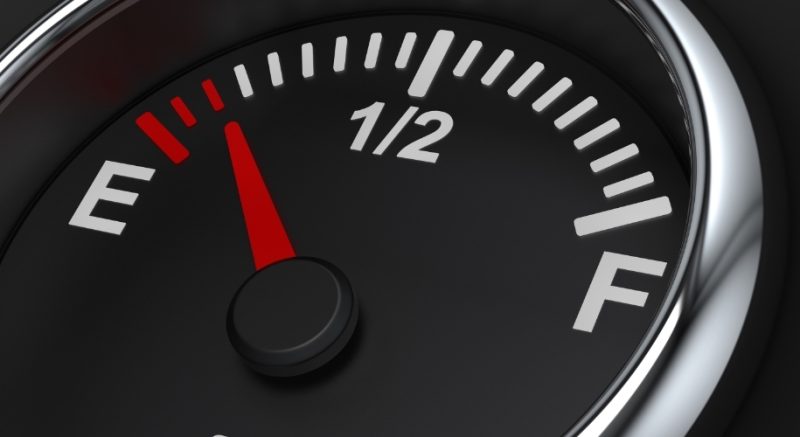by Hakan Kaya, PhD, Senior Portfolio Manager, Neuberger Berman
The micro and macro factors weighing on commodities since last summer are starting to reverse—and secular tailwinds are building.
Today’s CIO Weekly Perspectives comes from guest contributor Hakan Kaya.
Ever since their November sell-off, commodities have been caught in a tug of war between macro and micro forces, which has kept performance range-bound.
On the macro side, tightening monetary policy, Europe’s energy crisis and China’s COVID-19 lockdowns have contributed to risk aversion in the economy and markets.
On the micro side, however, the same risk aversion has led participants in the physical markets—such as food businesses, manufacturers and power utilities—to destock inventories and refrain from buying new supplies, in some cases leaving stocks critically short.
We believe several existing and upcoming policy changes, from the reopening of China to the start of the deployment of green capex, likely will cause a turn in this short-term cycle. In our view, the resulting switch from destocking to restocking could eventually give commodities their next leg up.
Demand
China’s early reopening from its COVID-19 lockdowns is already putting pressure on tight inventories.
No matter what data source one looks at, mobility is increasing in cities as people finally get to travel after almost three years of restrictions. This mobility also goes beyond borders—with China, the whole Asia Pacific reopens.
As local and international airlines reintroduce cancelled flight routes and open new ones, in the first half of the year they are set to generate roughly 1.5 million barrels per day of additional jet fuel demand. And that demand knocks onto other commodities: China has been destocking its cheap, Russia-sourced oil and oil products inventories, and its local storage is now likely moving into deficit, so it may have to restock to meet this jump in demand for jet fuel.
Along with China, we expect Europe to re-energize, too. Now that a warm winter appears to have put last year’s exorbitantly expensive power prices behind it, Europe’s economy is likely to pick up. This could lead to increasing demand for both energy and metals, with the deployment of green capex doing the most to move the needle.
Green Capex
Indeed, 2023 likely will be a milestone for green capex deployment.
Some countries are deploying this capital to solve long-term inflation problems, others want to be leaders in this space, and still others aim to catch up in technologies where they lag their competitors.
In China, for example, even during last year’s lockdowns we saw copper demand increase due to record electric vehicle (EV) sales. When China and other developing economies build self-sufficient, locally sourced EV industries, it helps to reduce global emissions. But it also helps to level the auto manufacturing playing field after decades in which the developing world lagged in internal combustion engine technology and expertise.
In the U.S., similarly, the Inflation Reduction Act (IRA) is expected to deploy $1.6 trillion of green capex in the next decade, in the form of subsidies and grants to those who build green factories and infrastructure and run their green businesses within the U.S.
Because China-first and U.S.-first policies have the potential to direct green investment away from Europe, which itself wants to be the leader in this green transition, a competing European “IRA” program looks likely, potentially deploying around $4 trillion in the next decade.
This (in many ways virtuous) competition for self-sufficiency and leadership in the green economy likely will create more competition for investment resources, relative to supply chains in which production is centralized in specializing regions and then traded.
With the past year’s destocking of most so-called “greenabler” commodities—such as copper, aluminum, zinc, nickel, silver and platinum—it is not far-fetched to see nations building “just-in-case” stockpiles as some of this $6 trillion hits the markets this year.
Hoarding
Much of the commodity demand associated with the green transition is for the metals required for electrification, but renewable fuels may get a demand boost as well.
Some oil refineries have already been changed into biofuel refineries that take crops as their input. Biodiesel production has already increased more than tenfold in the past decade, and the U.S. Energy Information Administration expects it to more than double again over the next three years.
Legislators are moving away from the policy of “food for people first and for animals next” to a future policy of “food for fuel.” Around 50% of the U.S. corn harvest and 35% of U.S. soybean crush already has been directed to biofuel refiners. To achieve this energy diversification while preserving energy security, we think grain hoarding appears inevitable, to smooth out crop shortages due to weather, disease or disrupted supply chains.
‘Greenflation’
Destocking in the face of economic uncertainty was the inventory management policy of the past six months.
With China reopening, Europe benefitting from much lower energy prices and the front-loaded tightening of U.S. monetary policy nearing completion, we anticipate restocking in anticipation of a recovery of risk appetite.
Micro catalysts such as ongoing OPEC cuts, declining U.S. shale production and an end to emergency oil stock releases should keep inventories of energy commodities and agricultural biofuels tight. With the green capex wave on the horizon, metals could be the new oil. These outcomes likely will postpone any meaningful inflation normalization and potentially create structural “greenflation.”
In the meantime, as the economic slowdown continues to weigh on sentiment, we think investors could use current, relatively low commodity prices as an attractive entry point for adding exposures that can help mitigate the impact of inflation on portfolios.
Copyright © Neuberger Berman















